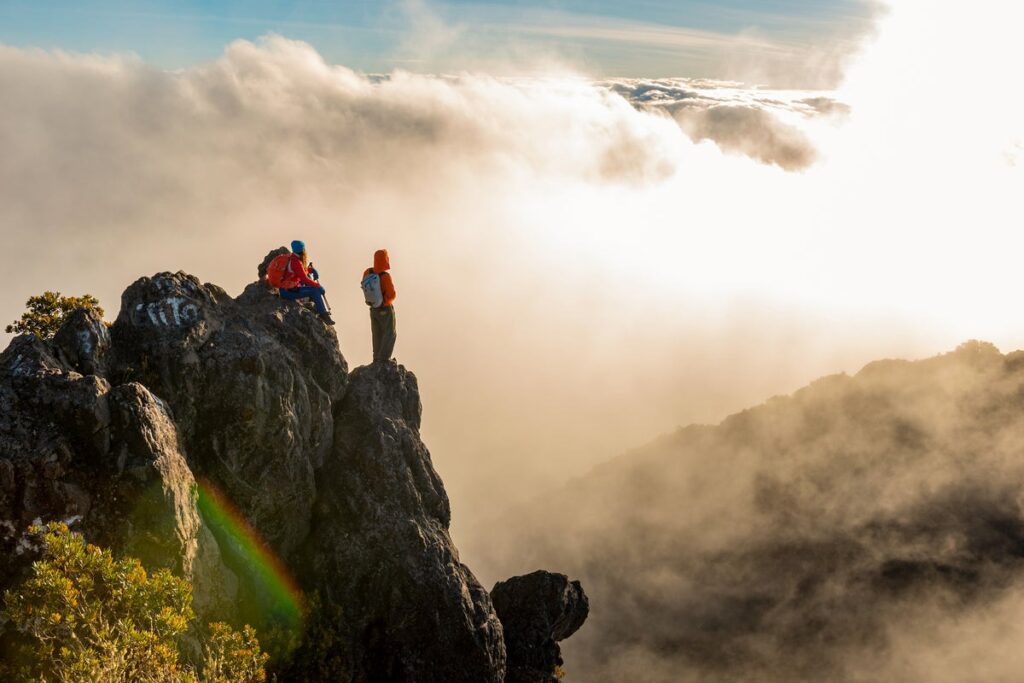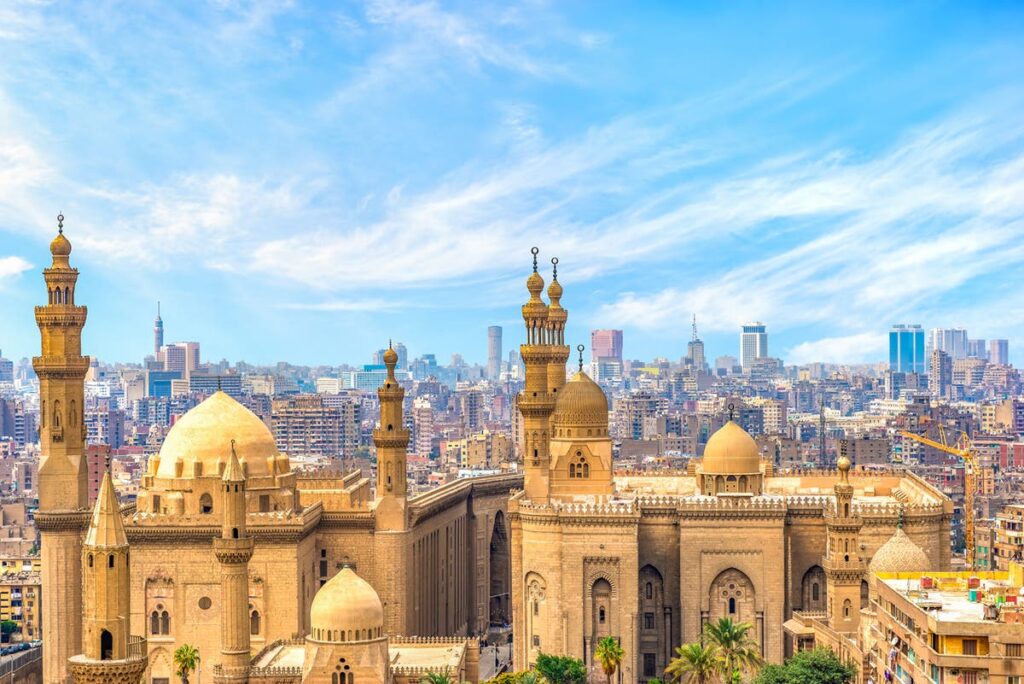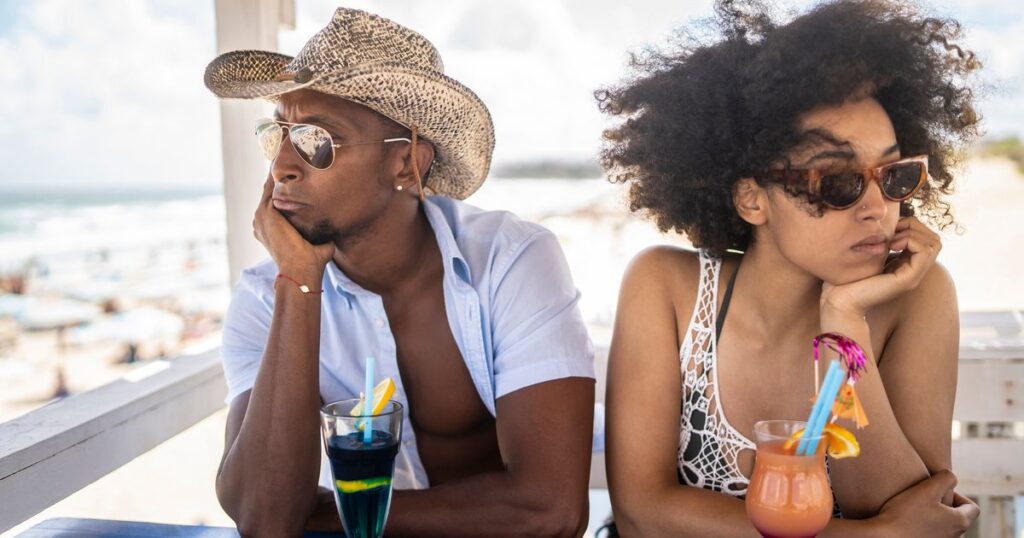
“I’ve heard someone claim that in Costa Rica, there are 10 tourists for every quetzal,” Iván Eskildsen, owner of Ogaya Travel, tells me. “But in Panama, for every tourist there are 10 quetzals,” he says, as we tramp through the mud along the Sendero Los Quetzales in the mountainous Panamanian province of Chiriquí.
The trail’s namesake bird has a shimmering emerald plumage, a punk-like mohawk and extravagant tail feathers that can grow half a metre in length. While there’s no solid data about quetzal numbers in each country, Iván’s point has some truth: if you spot a quetzal in Panama, you’re likely to be the only person watching it.
Panama has long lived in the shadow of its neighbour, Costa Rica, which established itself decades ago as the region’s premier destination for wildlife and adventure. For many, the Panama Canal is Panama; day-tripping cruisers, who account for nearly a quarter of all visitors, drop by this famous landmark but don’t stick around for anything else. I’m here to learn what they’re missing.
Plinio Montenegro, a local guide from the nearby town of Boquete, has taken us into the mountains to hike through cloud forest – so rare it covers less than one per cent of the planet. These forests are named for their persistent mist, which in this region feeds a lush tapestry of statuesque oaks and thousand-year-old Mexican elms, all cloaked with lime green ferns and mosses. Combine this ecosystem with the tropical forests that blanket half of Panama’s territory, plus its biodiversity-rich mangroves and coral reefs, and this nation can lay claim to more species of birds and plants than Canada and the United States combined – not bad for a country the size of Scotland.
Unfortunately, this mega biodiversity appears purely academic as we walk through: there doesn’t seem to be a single bird nor beast in the forest. Plinio has an explanation: “Three days ago, we had two earthquakes. After them, the animals always go quiet.”
As if on cue, a chorus erupts from the canopy above; the squeaky cry of a crimson-backed tanager and the shriek of a skittish spotted woodcreeper. Spying a quetzal isn’t likely to be on the cards, Plinio admits: it’s September and they’re most visible between February and May during the breeding season. But he beckons me to a tree to enthuse over a micro orchid barely the size of a grain of rice. “They sell for hundreds of dollars,” he gushes. “They’re normally so hard to find!”
Read more: Why you shouldn’t miss this colourful alternative to Cancun off your Mexico itinerary
Wildlife-watching plans parked, I’m keen to experience the other ace up Panama’s sleeve. Measuring just 60 kilometres from coast to coast at its narrowest point, it’s the only place in the world where it’s possible to watch sunset over the Pacific and sunrise over the Caribbean. It’s perfectly doable from the summit of its highest peak, Volcán Barú – unless a category four hurricane is working itself into a fury along the Caribbean coast and the national park is closed.
Shelving those plans, we head south by road to learn more about Panama’s culture, the scenery shifting to sun-scorched farmland as we enter Soloy. A dusty village where chickens strut and scratch beside tin-roofed houses, it’s inhabited by the Ngäbe-Bugle. A tenth of Panama’s population is Indigenous and identify as part of one of seven cultural groups, with many living in semi-autonomous territories known as comarcas.
Wilfredo ‘Willo’ Mitre, an Indigenous leader, invites me to visit Kiki. It’s Panama’s largest freefalling waterfall and a living temple for the Ngäbe-Bugle, who hold ceremonies here for their ancestors and to celebrate the natural world with which they try to coexist harmoniously. Sheltering in a cave beside the hammering cascade, Willo guides me through a cacao ceremony; we drink the bitter liquid to celebrate our births, give thanks to nature, purify our minds and, finally, toast the future.
Read more: How indigenous guides, tours and experiences are changing the way we travel
I’m curious about the the past and what lies ahead for the Ngäbe-Bugle, a society which has, until recently, been closed to tourists. “It was like we were hiding our culture,” Willo explains over a lunch of seren, a dish made from the year’s first corn harvest.
“We believed outsiders were the best and that we were worthless or useless,” he continues. But success in forcing the government to close a lucrative – but environmentally catastrophic – mine within their comarca has seen cultural pride blossom. “Now, there’s no shame. We feel proud of what we are. We are warriors, we are strong, we are resilient.”
Leaving Soloy, I end my trip in the Gulf of Chiriquí on the honey sands and tropical forests of Isla Palenque, a private island hotel just off the Pacific Coast. Humpback whales amass in the waters here between July and October ready to feed and breed after a staggering 8,300 kilometre journey from Antarctica. They narrowly miss their northern hemisphere counterparts from the United States’ West Coast, who rendezvous from December through April. By speedboat, my guide Manuel and I follow puffs of fizzing whale’s breath to find a female and calf, their slick dorsal fins skimming the surface as they breach. A pod of pantropical dolphins steals the show; gleefully outpacing us, they slip beneath the boat before firing themselves back out of the water.
Back on land, wildlife is still keeping a low profile. Just as I’d almost given up on spotting any land mammals, I’m greeted by a baby howler monkey stuffing fistfuls of leaves into its mouth in the tree beside my room, its fur shimmering like a polished conker in the sunshine. It’s a reminder of everything I’ve learned these past few days: Panama doesn’t serve up its secrets on demand; making you wait, reroute and sometimes rethink your plans entirely. But, when it finally does, there’s no question it’s worth the wait.
Steph Dyson travelled as a guest of Ogaya Travel.
Read more: How to plan a holiday around the world’s greatest wildlife spectacle
Premium IPTV Experience with line4k
Experience the ultimate entertainment with our premium IPTV service. Watch your favorite channels, movies, and sports events in stunning 4K quality. Enjoy seamless streaming with zero buffering and access to over 10,000+ channels worldwide.

















